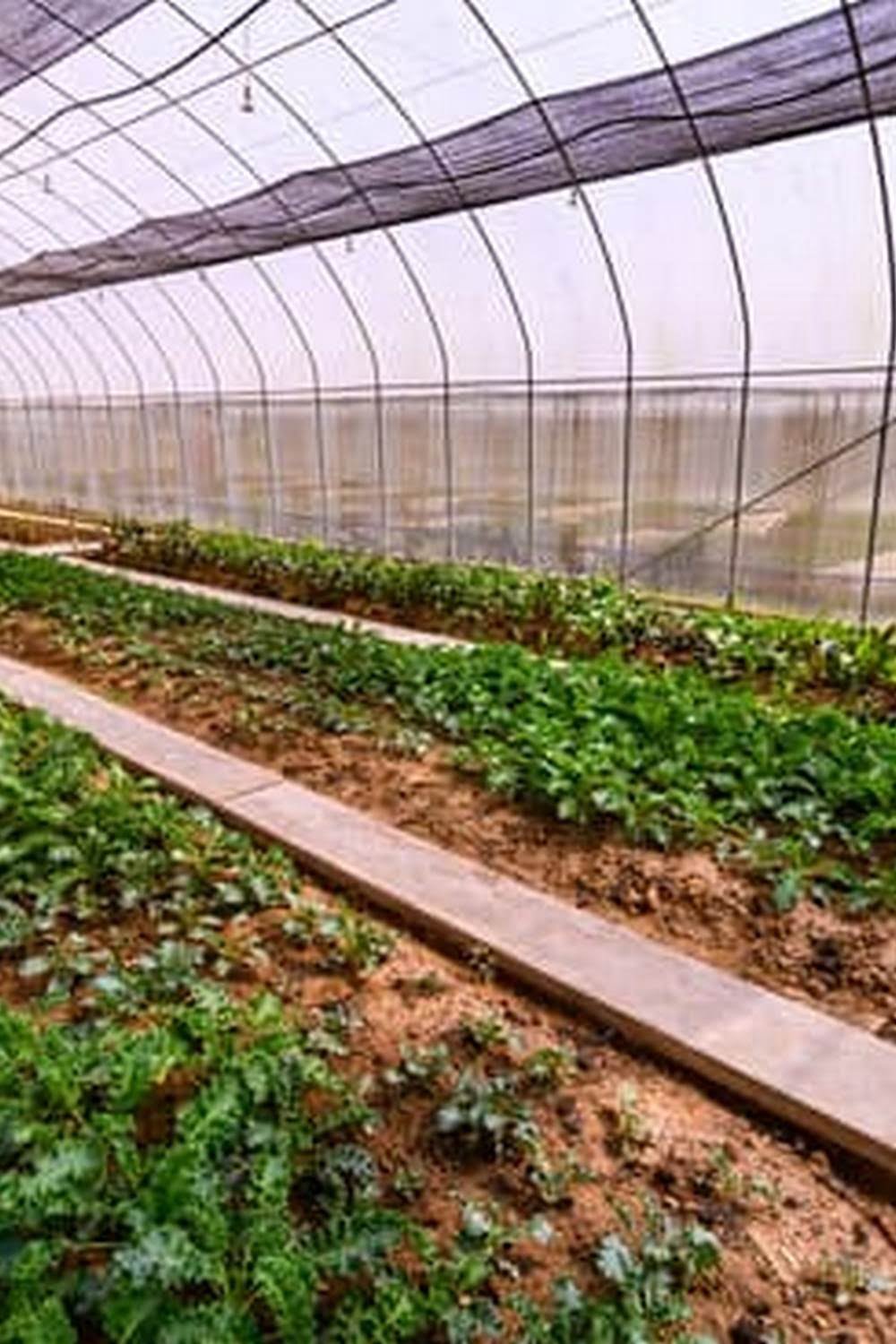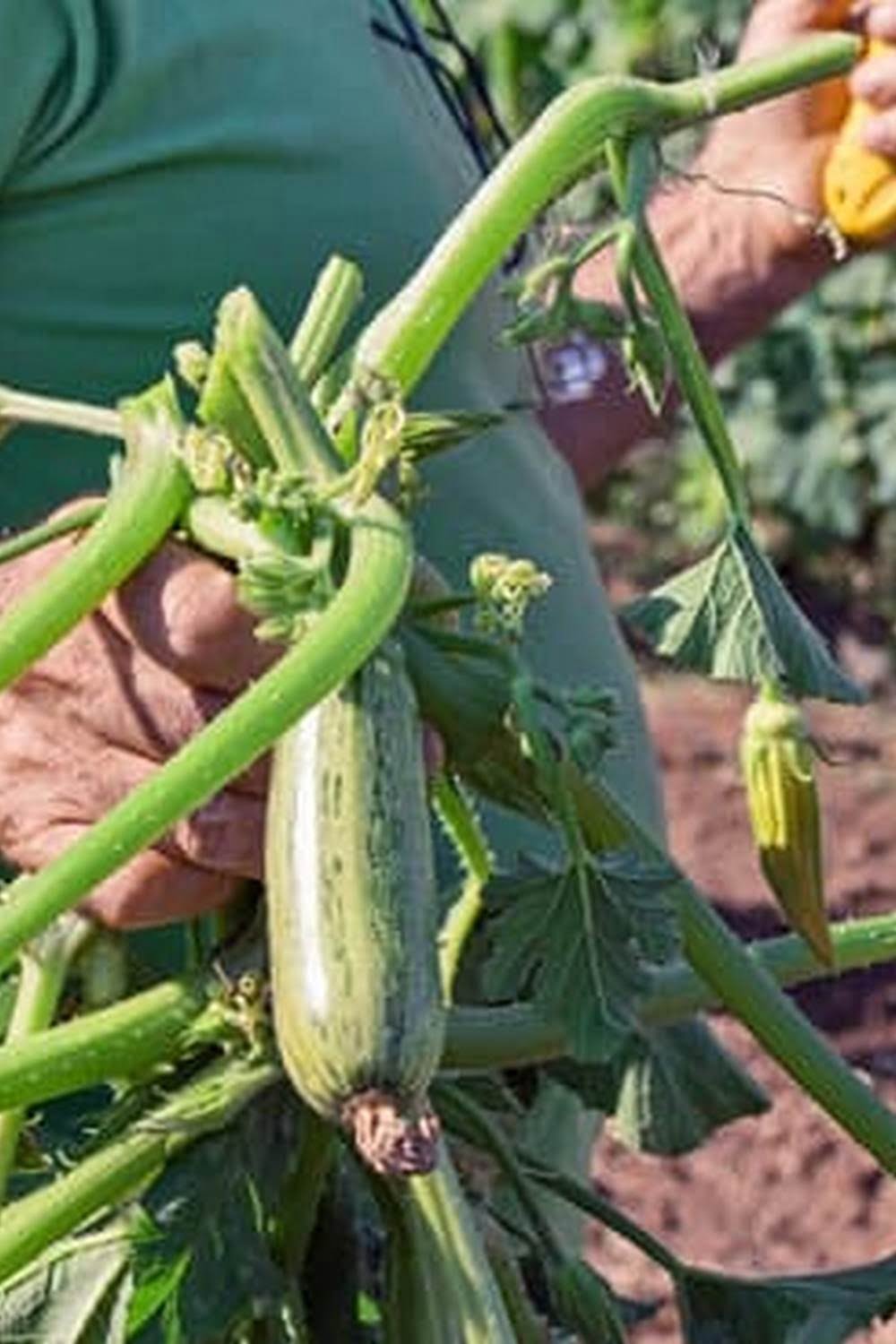Introduction
Watering a vegetable garden correctly and at the right time is an essential part of ensuring a successful harvest. Without enough water, your plants won’t be able to draw up the nutrients in the soil needed for growth. Water is also necessary for effective photosynthesis; without it, your plants will struggle to produce abundant yields of fruits and vegetables.
Timing when to water your vegetable garden is just as important as how you actually water it. For example, late-morning or early-afternoon tends to be the best time of day to irrigate, as there is less risk of disease caused by standing water on leaves during cooler parts of the day or night. Additionally, it requires less water as much of it evaporates throughout the day due to direct sunlight and nocturnal condensation.
In addition to watering at the most opportune times, there are different watering methods that can help conserve resources and provide maximum benefit for each plant in your garden. Drip irrigation systems are great for delivering extra-precise amounts of water directly to each individual plant, while soaker hoses provide deep root irrigation that helps promote vegetation health. You can also use other devices such as sprinkler systems or oscillating sprinklers which disperse larger amounts of water in an even pattern across a wider area than say a drip system or soaker hose. Ultimately you should choose a system that suits both your needs and budget while ensuring proper care for your vegetables!
When To Water
It’s best to water your vegetable garden in the morning, if possible. This allows the plant foliage to dry off during the day, which reduces the risk of fungal and bacterial diseases. Generally, vegetable gardens should be watered daily during periods of hot and dry weather, but weekly during cooler conditions. If you’re using irrigation systems like sprinklers or drip irrigation, it’s important to water deeply and thoroughly once a week. Another helpful tip is to monitor the soil moisture levels around your plants so you can tell when they need water. Watering too much or too little can both be detrimental to vegetable growth, so adjust your watering schedules accordingly.
How Much To Water
When it comes to watering a vegetable garden, the amount of water needed varies depending on the type of plants growing and local environmental factors. Generally, vegetables require at least 1 to 2 inches of water each week either through rain or irrigation. You can use rain gauges in the garden to accurately measure how much rainfall has been received in a given week, but be sure to adjust for any evaporation or runoff due to wind and soil type. For irrigated gardens, you may need a timer to manage the frequency and duration of your irrigations. To test if you are giving each plant enough water, look closely at its root zone; check for signs of moisture all the way down into the soil, such as dark spots or dampness around the roots. Plants that seem wilted even after watering or have yellowed leaves could be indicating they are not getting enough moisture.
Watering Tools
Watering your vegetable garden is an important part of keeping them healthy and producing a successful crop. It’s best to water in the morning or evening, when temperatures are lower and less moisture evaporates from the ground. But how do you actually get the water to your plants? There are several different tools you can use for watering a vegetable garden.
The simplest tool is a garden hose. Hoses come in various lengths, usually between 25-100 feet, so be sure to choose one that’s long enough for your entire garden. You can attach sprinklers or other nozzles to the end of the hose to help disperse the water more evenly. One downside is that hoses tend to not be very efficient; they often leak water along the way.
Sprinklers offer a better method of getting water on each individual plant more evenly. They are great for small gardens but can be quite wasteful over larger areas because they spray large amounts of water into the air which can then easily be lost via evaporation.
Drip irrigation systems are becoming increasingly popular in recent years due to their efficiency and cost savings compared with traditional watering methods such as hoses and sprinklers. These systems consist of pressure regulators, filters, and drip tape attached to pipes that send out slow dripping water directly at ground level near each plant’s root zone where it’s needed most, without saturating any areas of soil with too much water. The main downside is cost—these systems tend to be quite expensive, especially if you want one that automatically adjusts itself depending on conditions such as soil moisture levels, humidity or sunlight intensity.
Common Mistakes
One of the most common mistakes when watering a vegetable garden is overwatering. This can quickly lead to soil oversaturation and root rot in your veggies. If a vegetable garden has been overwatered, you may begin to notice wilting plants, or signs of mold or algae growing on surfaces. Other indicators include tall weeds that feel soft and slimy due to all the water they are receiving.
Underwatering is also a mistake often made when caring for a vegetable garden. Veggies need moisture to stay hydrated, but it’s possible to get enough water without over-saturating the soil. When plants are not getting enough water, they will start to show signs of distress such as yellow leaves, dry and brittle stems, and stunted growth. In extreme cases, entire crops may be lost if plants do not receive enough water.
The best way to avoid both overwatering or underwatering your vegetable garden is to check on it regularly and familiarize yourself with the ideal amount of water needed for each type of plant in your garden. Additionally, make sure you are using proper irrigation systems for precise control over your gardens moisture levels.
Tips and Tricks
Watering your vegetable garden is a very important part of keeping it healthy and productive. The best time to water your garden is generally in the morning once the dew has had time to settle. This will help ensure that the majority of the water gets where it needs to go, rather than evaporating due to heat or wind. When watering your veggie patch, try not to overwater or water too late in the day as this can cause leaf scorch and inhibit plant growth.
Also make sure you adjust the watering schedule depending on the weather – if raining regularly, then decrease how often you water; if dry and hot, then increase watering frequency accordingly. When checking soil moisture levels remember that wet soil should never stay wet for more than three days as this leads to root rot. And don’t forget that mulching is a great way to reduce weed pressure and keep your garden better hydrated over long periods between rainfalls.
Conclusion
In conclusion, the best time to water a vegetable garden is determined by factors including the soil type, climate and growing season. The ideal watering schedule will vary from person to person. Generally, gardens should be watered deeply and infrequently during the early morning hours when temperatures are still cool; this is particularly important during hot summer months. If the gardener takes the time to assess their local conditions they will achieve an appropriate and successful schedule for their garden’s specific needs. Additionally, there are many practical resources available that provide helpful tips regarding proper gardening techniques and best practices for tending to a vegetable garden. For more detailed information on watering schedules, readers may find useful information in books such as “The Vegetable Gardener’s Bible” and “Organic Gardening: Step By Step.”

If you’re looking to get into vegetable gardening, or are just looking for some tips on how to make your current garden better, then you’ve come to the right place! My name is Ethel and I have been gardening for years. In this blog, I’m going to share with you some of my best tips on how to create a successful vegetable garden.





